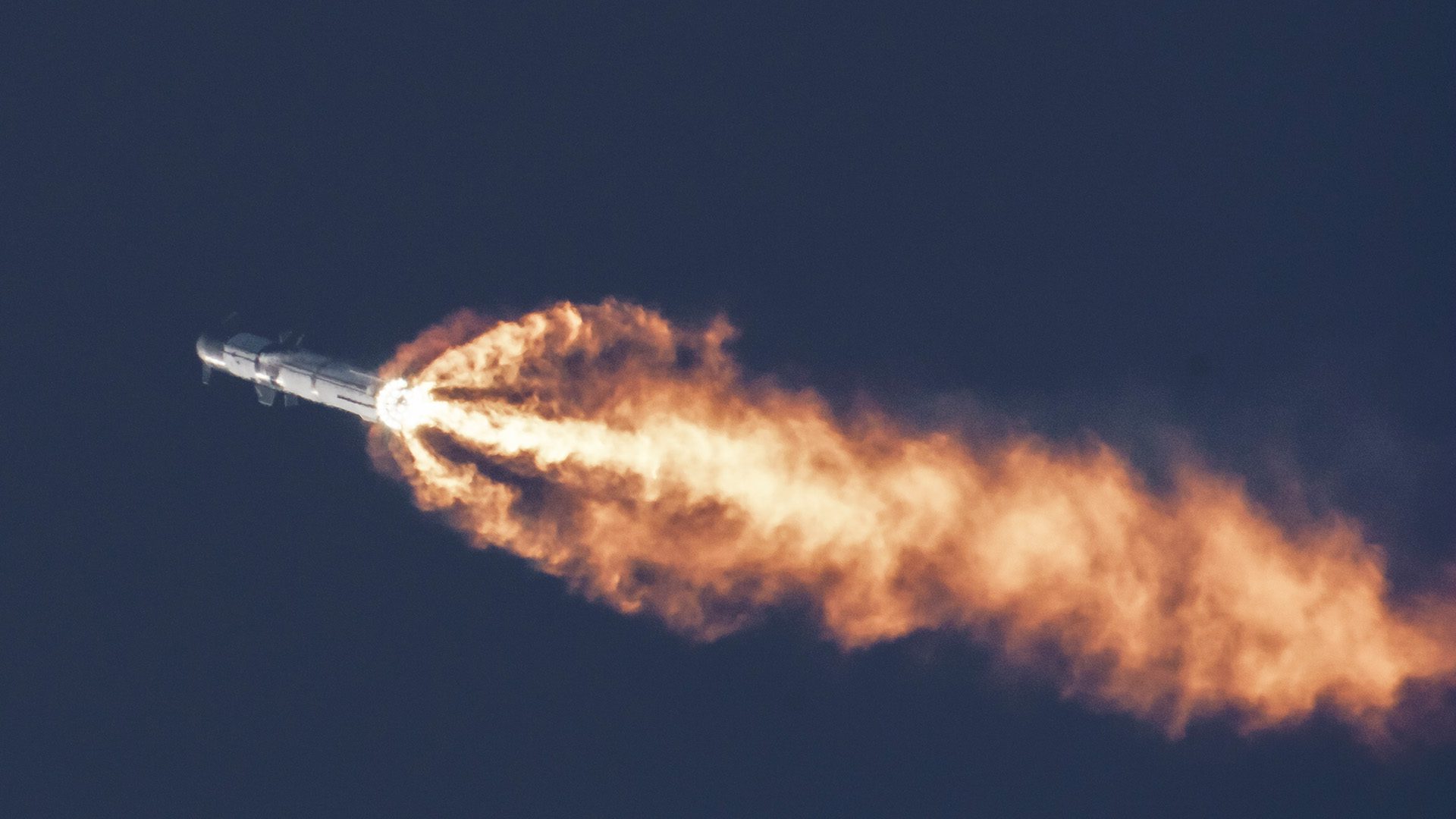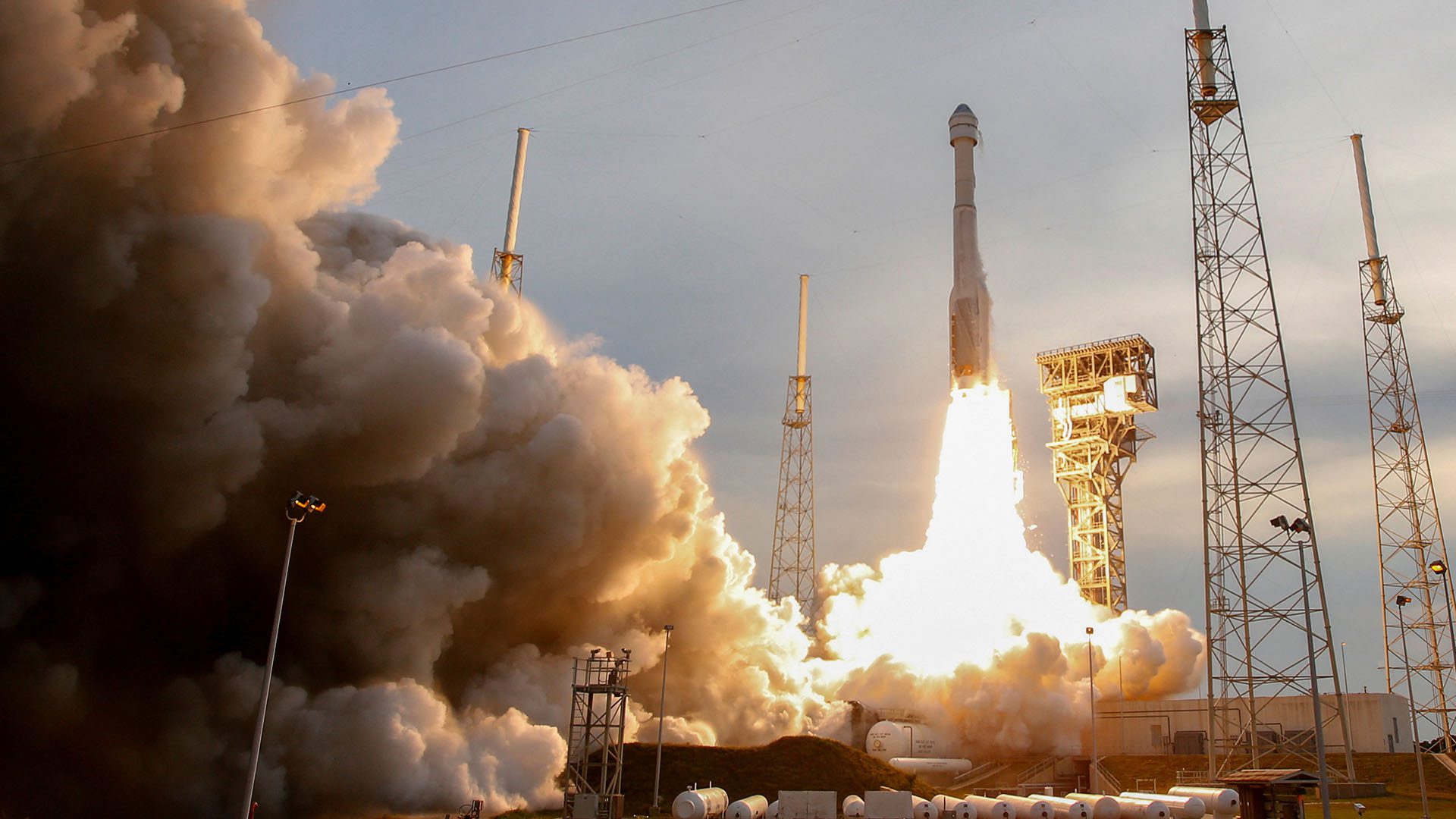On April 20, SpaceX launched Starship’s first integrated flight test. The fully reusable spacecraft successfully cleared its pad and tower but exploded before stage separation could take place.

At 8:28 a.m. CST, the Super Heavy Booster ignited its 33 Raptor engines. After the countdown was briefly paused because of a few minor issues, Starship successfully lifted off from the orbital launch pad for the first time at 8:33 a.m. CT. The SpaceX rocket reached about 39 kilometers (127,000 feet), which is just under half of the internationally-recognized boundary of space of 100 kilometers (328,084 feet).
Roughly four minutes after the launch, the rocket exploded after experiencing a “rapid unscheduled disassembly”, according to SpaceX. The vehicle experienced multiple engines out, lost altitude, and began to fall. The spacecraft was unmanned, and the pad and surrounding area were cleared well in advance of the test. SpaceX will be working with local authorities to collect the remains of the test in the following days.
If the mission went perfectly, the booster was supposed to separate 170 seconds into its flight and return to land, and the second stage would have followed a suborbital trajectory and performed an unpowered splashdown. In actuality, the Super Heavy booster successfully separated from the rocket, flipped, and began to return to Earth. However, the rocket exploded before it could reach the second stage.
This outcome was not a surprise for the spacecraft’s inaugural integrated flight test. On SpaceX’s live stream of the test, the presenters expressed their excitement about the outcome, explaining that “…everything after clearing the tower was icing on the cake.” As a developmental test, its chief objective was to clear the pad and collect data for future tests.
Congrats @SpaceX team on an exciting test launch of Starship!
Learned a lot for next test launch in a few months. pic.twitter.com/gswdFut1dK
— Elon Musk (@elonmusk) April 20, 2023
Starship will eventually deliver passengers and cargo to the moon and Mars. In an almost $3 billion contract, NASA has already contracted Starship for future crewed missions to land on the Moon as a part of NASA’s Artemis program.
For the time being, SpaceX will use this test’s data to improve Starship for future missions. According to SpaceX, “With a test like this, success comes from what we learn, and we learned a tremendous amount about the vehicle and ground systems today that will help us improve on future flights of Starship.”







